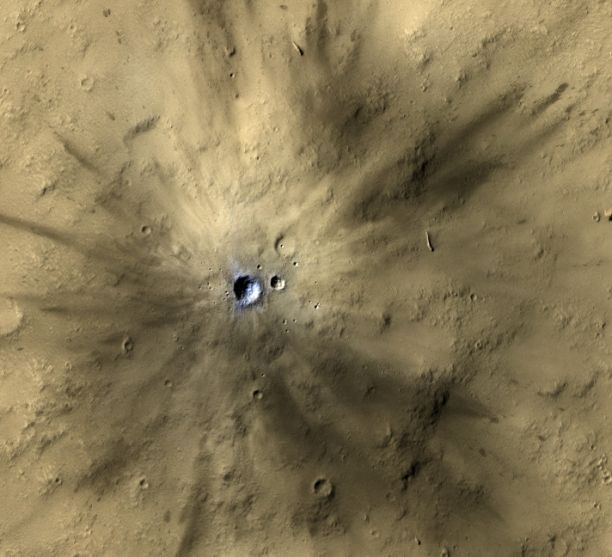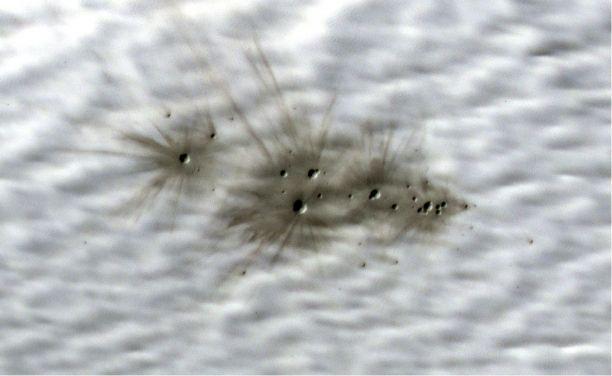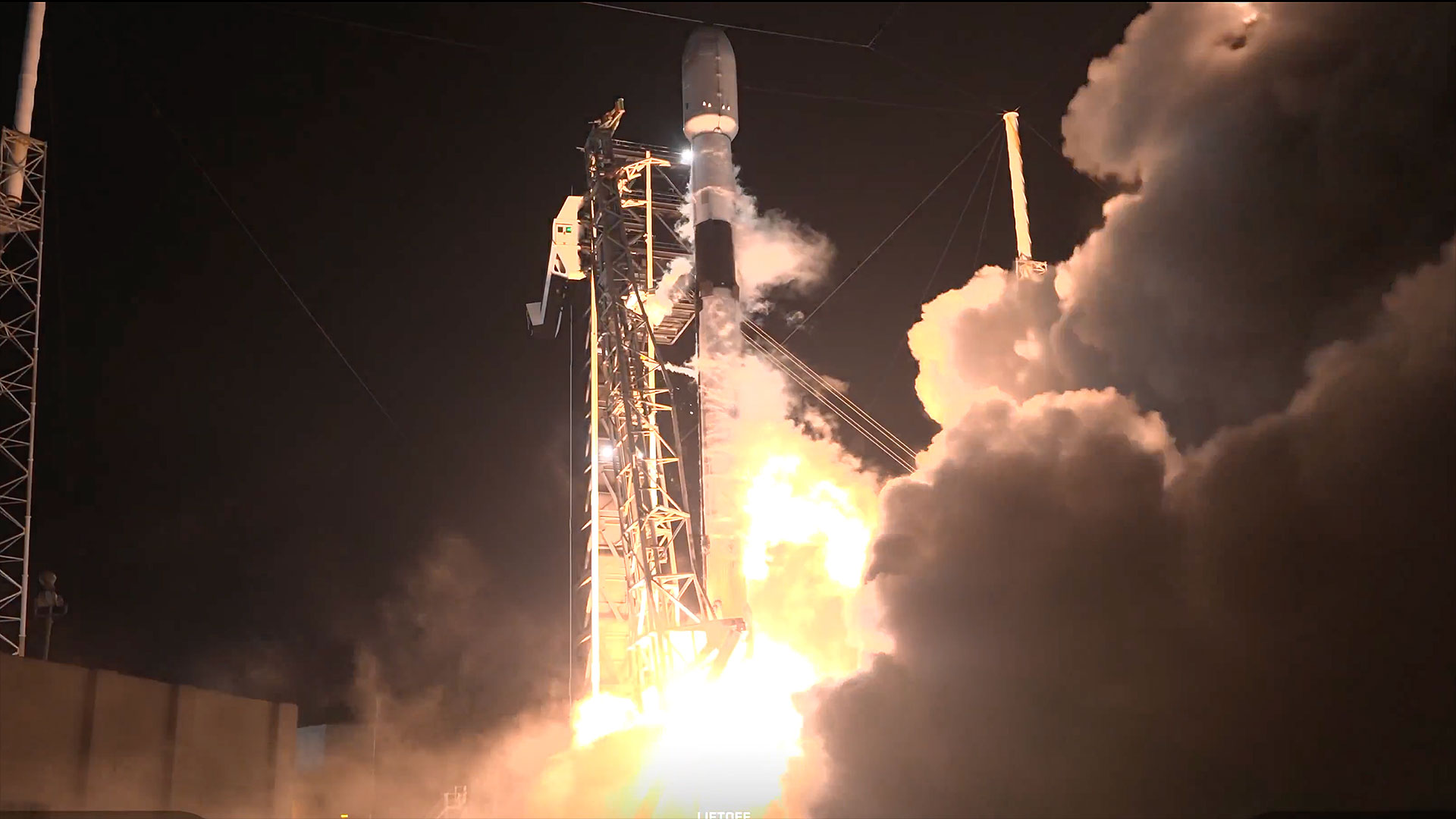Pow! Mars Hit By Space Rocks 200 Times a Year

Small space rocks are carving fresh craters into the Martian surface more often than previously thought, researchers say. A new study finds that there are more than 200 asteroid impacts on the Red Planet every year.
These asteroids and comet fragments are usually no bigger than 3 to 6 feet (1 to 2 meters) across — about 10 times smaller than the meteor that exploded over Chelyabinsk, Russia, in February. Small space rocks burn up in Earth's atmosphere, never making it to the ground, but they can do damage on Mars because the planet has a much thinner atmosphere.
The holes gouged out by these asteroids are typically at least 12.8 feet (3.9 meters) wide, the researchers say. The 200-per-year space rockl impact rate for Mars was based on a portion of the 248 new Martian craters that have been identified in the past decade using images from the Mars Reconnaissance Orbiter, a NASA spacecraft that has been circling the Red Planet since 2006.
"It's exciting to find these new craters right after they form," study researcher Ingrid Daubar of the University of Arizona, Tucson, said in a statement. "It reminds you Mars is an active planet, and we can study processes that are happening today."

The Mars Reconnaissance Orbiter's High Resolution Imaging Science Experiment (HiRISE) camera snapped amazingly detailed pictures of the fresh craters at sites where before-and-after images had been taken by the orbiter's wider-view Context Camera and cameras on other orbiters studying the Red Planet, scientists said. The same method could be used to estimate the age of other recent features on the planet, including some that may be the result of Martian climate change.
The new calculation of Mars' cratering rate dwarfs earlier estimates. Based on studies of lunar craters and moon rocks collected by NASA's Apollo astronauts, scientists had calculated that there were just three to 10 yearly impacts on Mars.
"Mars now has the best-known current rate of cratering in the solar system," said HiRISE principal investigator Alfred McEwen.
The research was detailed online this month in the journal Icarus.
Breaking space news, the latest updates on rocket launches, skywatching events and more!
Follow SPACE.com on Twitter @Spacedotcom. We're also on Facebook and Google+. Original story on SPACE.com.
Join our Space Forums to keep talking space on the latest missions, night sky and more! And if you have a news tip, correction or comment, let us know at: community@space.com.

Space.com is the premier source of space exploration, innovation and astronomy news, chronicling (and celebrating) humanity's ongoing expansion across the final frontier. Originally founded in 1999, Space.com is, and always has been, the passion of writers and editors who are space fans and also trained journalists. Our current news team consists of Editor-in-Chief Tariq Malik; Editor Hanneke Weitering, Senior Space Writer Mike Wall; Senior Writer Meghan Bartels; Senior Writer Chelsea Gohd, Senior Writer Tereza Pultarova and Staff Writer Alexander Cox, focusing on e-commerce. Senior Producer Steve Spaleta oversees our space videos, with Diana Whitcroft as our Social Media Editor.
